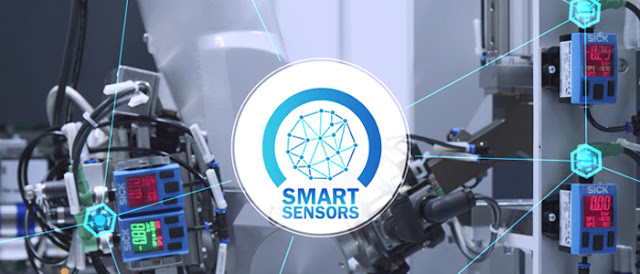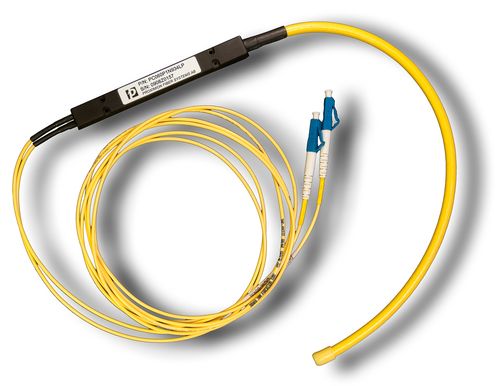Sensor Vs Integrated Sensor Vs Smart Sensor

Sensor Systems According to IEEE (1999), 'sensor' means a ' component providing a useful output in response to a physical, chemical, or biological phenomenon ’. This component may already have some signal conditioning (involves operations such as amplification, compensation, filtering, and normalization) associated with it. Revised by IEEE, in 2003, the term `sensor' means ' a transducer that converts a physical, biological, or chemical parameter into an electrical signal ’. According to Vocabulaire International de Metrologie (VIM), a transducer is a device used in measurement, ' that provides an output quantity having a specific relation to the input quantity '. The same document defines a sensor as the element of a measuring system ' that is directly affected by a phenomenon, body, or substance carrying a quantity to be measured '. In practice, the term 'sensor' is applied for designating: one sensitive element; a primary measuring t...


